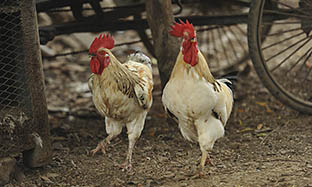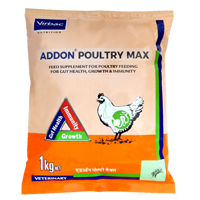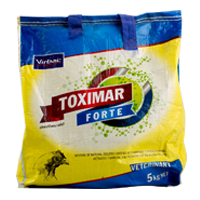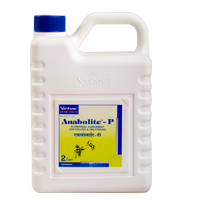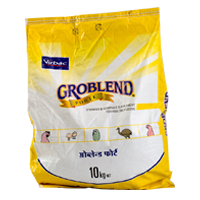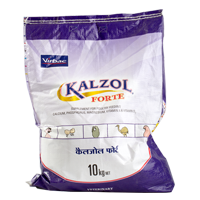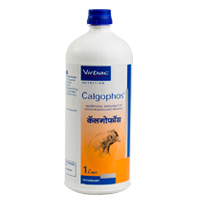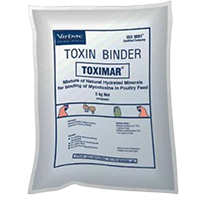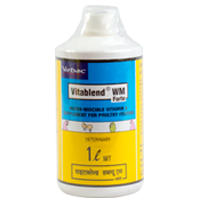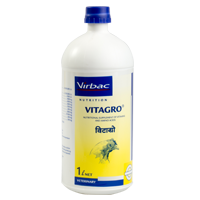
How to correctly feed your laying hens
To keep laying hens in good health & production Balanced diet will play a vital role. A balanced diet is necessary for optimal growth and production. If you use a good diet that meets the dietary needs of your flocks, supplementing with other items with upset the balance of the diet.The quality of eggs laid and feeding are directly proportional to each other. Backyard poultry farming -The basic diet, on top of all that your hens will find in the garden, must consist of a mixture of cereals: soft wheat, barley, oats, corn etc.
Commercial layers-we will find whole compound feed in commercial sites. Commercial feeds from a reliable feed manufacturer have all the nutrients in the right proportions that the chickens need. The ingredients used in different types of feeds are similar, but the proportions vary depending on the particular chickens being fed. Each bag of feed is labeled with its specific use.
Backyard poultry farming can be managed by feeding household waste management, which is constantly increasing, is a problem that concerns us all. Raising a few chickens will allow you to significantly reduce the volume of your organic waste, as a hen can consume nearly 150kg organic waste of it per year.
You can enhance their meals with fruits and vegetables which are not edible to human beings You can also distribute freshly cut grass from the garden. The peelings of your unprocessed fruits and vegetables can be given but it is not what they prefer. Avoid raw potatoes and citrus fruits.
Chickens are often fed table scraps (peelings, stale bread, and leafy vegetables) as treats, but excessive table scraps and greens can adversely affect egg production. The total supplementation of table scraps and scratch grains should be no more than chickens can finish in 20 minutes.
Make sure to remove all the remains that the end of the day toaviod attracting pests (rats, mice, insects), but also avoid digestive disorders related to fermented foods. Make sure however that they do not become ‘leftover bins’; their health could suffer.
Chickens start laying eggs at Approx around 20 weeks of age, immediately they should be switched to a layer feed (Phase wise). Layer feeds are formulated for chickens laying table eggs (eggs for human consumption).
Layers require large amounts of calcium for eggshells (ca carbonate). Layer feed typically contain 2.5% to 3.5% calcium. Pullet require only 1.2% calcium in their feed. High-calcium diets can damage kidney in growing chickens. Also feed laying hens with ground oyster shell on a free-choice basis. Some high-producing laying hens may require the extra calcium that the oyster shell provides. Monitor the quality of eggshells to determine whether or not you need supplemental oyster shell. If hens produce eggs with thin shells or shells that are easily cracked, oyster shell supplementation might help.
Layer diets should contain at least 14-16% protein to ensure continued egg production.
To supplement the feeding of your hens, you can distribute complementary foods in their drinking water, that will meet the specific needs of these animals during periods of high production (growing, laying, reproduction).
Laying hens have high calcium and micronutrient requirements to make eggshells. The provision of complementary foods will limit their risk of deficiencies and fatigue.
A hen drinks an average of twice the amount of their feed intake per day in normal environmental conditions. It must be ensured that sufficient clean water is always available (think of the strong periods of heat).
The water change should be done daily and thorough cleaning of the watering trough once a week.

